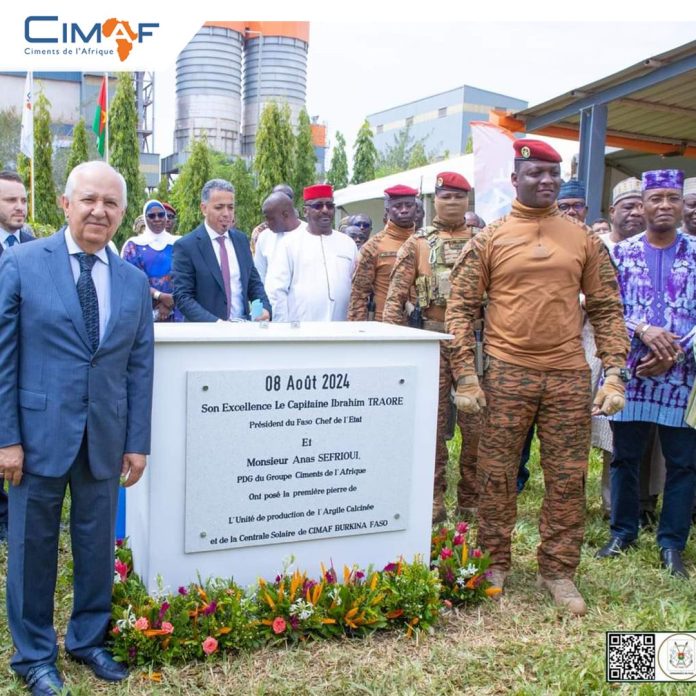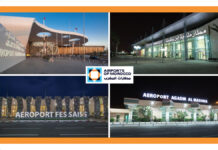The Moroccan cement conglomerate CIMAF, led by billionaire Anas Sefrioui, is solidifying its presence in Burkina Faso with a substantial investment of 34 billion CFA francs. This significant financial commitment is earmarked for two pioneering projects: the construction of an innovative cement production facility utilizing locally sourced calcined clay, and the establishment of a 5-megawatt solar power plant.
The primary project, which commands an investment of 30 billion CFA francs, is set to dramatically reduce the carbon footprint of cement production. By incorporating calcined clay, CIMAF aims to lower CO2 emissions by approximately 30% compared to traditional Portland cement. The secondary project, with an allocation of 4 billion CFA francs, will see the installation of a solar power plant, enabling CIMAF to cut its reliance on fossil fuels and support Burkina Faso’s transition to renewable energy sources.

These initiatives are expected to have a profound impact on the local economy. The cement plant’s construction phase alone will generate 500 jobs, with 300 more direct and indirect positions anticipated once operations commence. By sourcing raw materials locally, CIMAF will reduce dependency on imports, enhancing its competitive edge with lower production costs and more affordable cement prices for consumers. This investment underscores CIMAF’s commitment to Burkina Faso’s economic development and strengthens the ties between the two nations.
Since its entry into the Burkinabé market in 2014, CIMAF has invested over 85 billion CFA francs and contributed 60 billion CFA francs in taxes, cementing its role as a key economic player in the country. With two existing plants in Ouagadougou and Bobo-Dioulasso, CIMAF is set to begin producing “Made in Burkina Faso” cement using calcined clay within the next 24 months. The foundation for this new plant was laid on August 8, 2024, and it is expected to have a production capacity of 900 tons per day. The solar power plant, on the other hand, is projected to be operational within the next 12 to 15 months.
Through this ambitious strategy, which combines innovation, environmental responsibility, and economic partnership, CIMAF is positioning itself as a leader in sustainable cement production in West Africa. In a region where natural limestone reserves are limited, CIMAF is demonstrating how economic performance and sustainable development can go hand in hand on the African continent.





